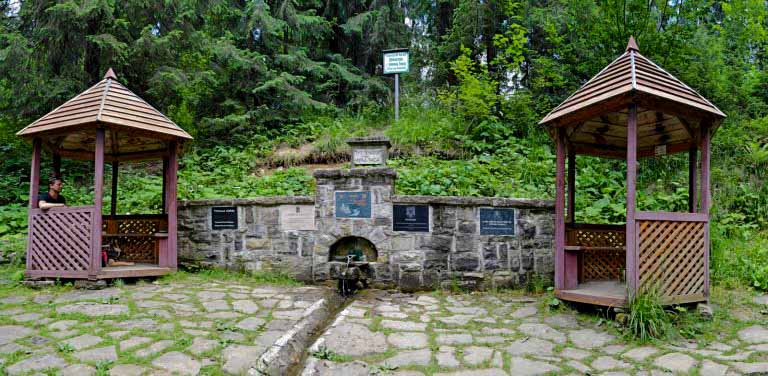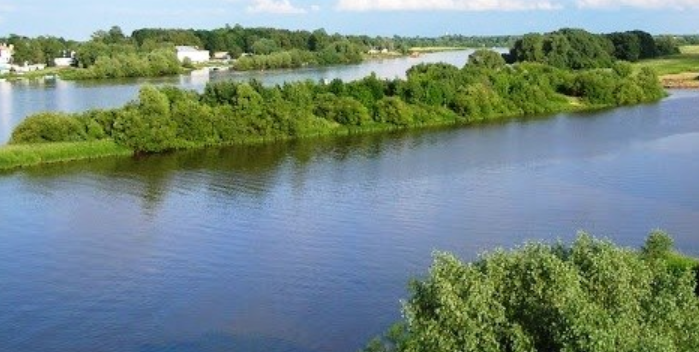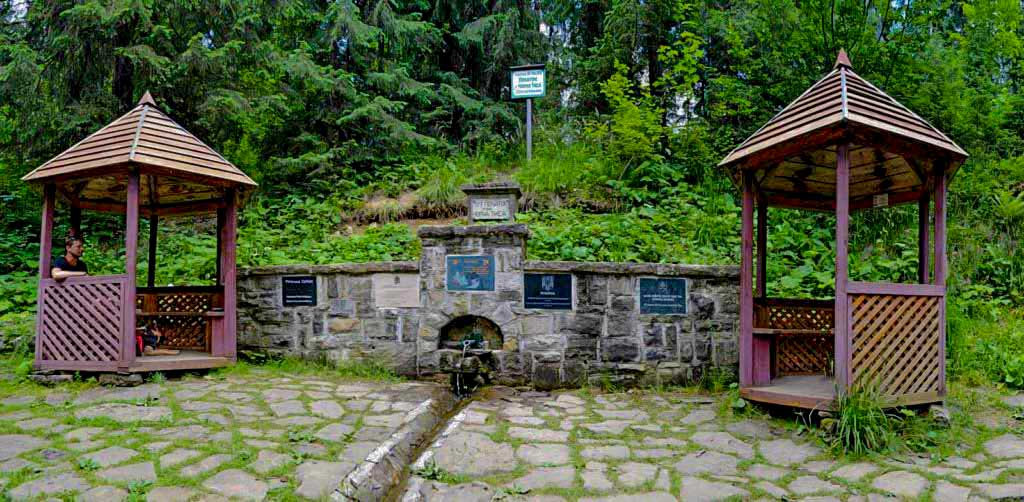
The river Tisa begins its journey at a distance of four kilometers from the city Rakhiv’s at the confluence of two rivers – the White and Black yew. Its main source is considered to be the source, which is located on the Okole pass at an altitude of 1240 meters above sea level. Seeping through the thickness of the rock, drop by drop, water is collected here. A few meters below, it turns into a rapid stream, which with every hundred meters gains strength and after a few kilometers becomes a mountain river-the Black yew.
Transcarpathian Hutsuls they sang of the yew tree in their songs, paying tribute to its beauty and greatness. They used the river for fishing and wood alloy. For rafting the woods in Transcarpathia, special rates were built (Gati) – Clausura. In such a reservoir they collected all the felled wood that was collected from the steep slopes, opened the dam – and the tree, caught by the water, floated into the valley.

In Hungarians The Tisa is one of the largest rivers. Hungarians it is considered as sacred as the Ganges in India. They love the Tisza for its fertile banks and Sunny meadows, and are afraid of it in the evil hour of floods, which often led to disastrous consequences in Hungarian settlements. This has always been the case, which is why this people’s sense of the greatness of the Tisza has become subconscious. At the end of the XIX century the place of the source of the Black Tysa was lined with stones and a monument of the Turul bird, the symbol of Hungary and a few metres above a memorial stele










